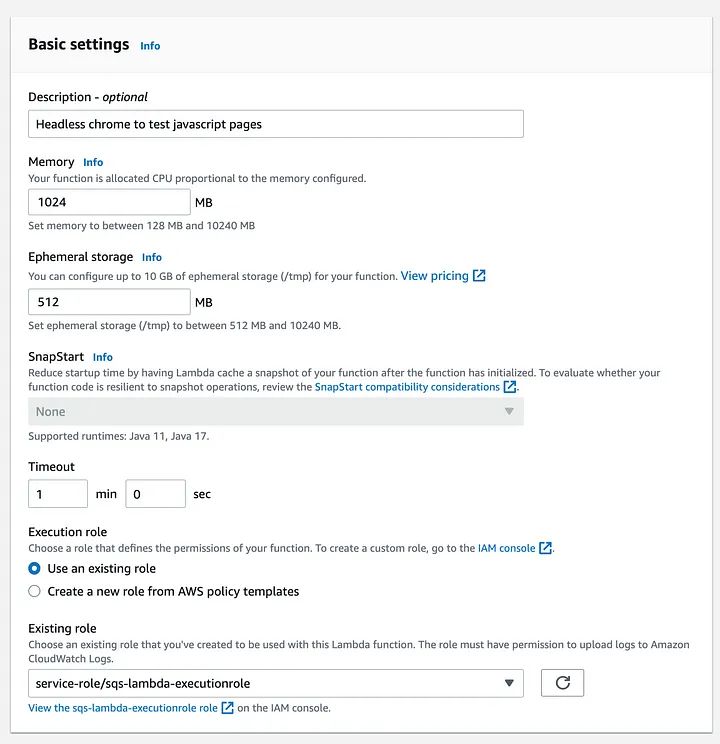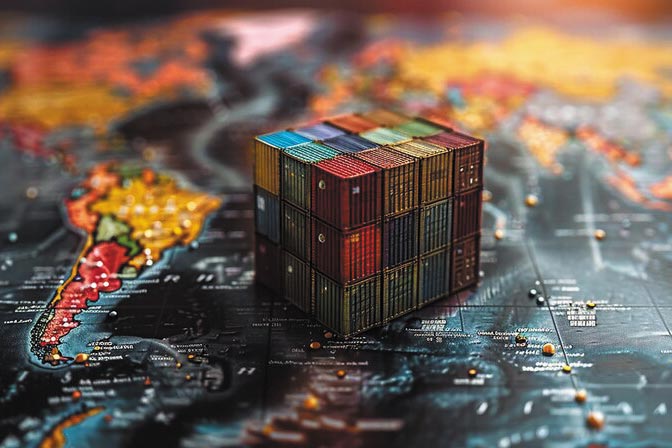Introduction
- In the recent years, containers have become one of the most popular ways to build, package, and deploy applications. They allow developers to isolate their applications from the underlying infrastructure, making it easier to run software across different environments.
- But managing containers usually involves dealing with servers, which can be complicated. This is where AWS Fargate comes in. Fargate makes it easy for you to run containers without managing servers. Let’s explore what AWS Fargate is, how it works, and what benefits it offers—especially for people who may not have much technical knowledge about containers.
What Is AWS Fargate
- Think of AWS Fargate as a serverless platform for running containers. Normally, when you want to run an application inside a container, you need to manage the underlying servers (virtual machines) that host these containers. With Fargate, you don’t need to worry about servers at all. You just tell AWS how much CPU and memory your application needs, and Fargate takes care of the rest.
- Instead of managing virtual machines, you simply focus on your containers, and Fargate runs them for you. This helps you run and scale your applications without worrying about the infrastructure that powers them.
How AWS Fargate Works
AWS Fargate integrates with two container orchestration services on AWS:
- Amazon ECS (Elastic Container Service): AWS’s own service for running and managing containers.
- Amazon EKS (Elastic Kubernetes Service): A service that allows you to run Kubernetes, a popular open-source platform for managing containers.
With either ECS or EKS, you can tell Fargate to run your containers. Fargate then automatically provisions the right amount of computing resources for your containers and keeps them running smoothly.

Benefits of AWS Fargate
Now that you know what AWS Fargate is, let’s look at its benefits, especially for people who are not familiar with the technical aspects of managing containers.
1. No Server Management
- What It Means You don’t need to configure or maintain any servers to run your containers.
- Why It’s Important This saves a lot of time and reduces complexity. You don’t have to worry about how much server space to allocate or deal with scaling up resources as your application grows.
2. Pay for What You Use
- What It Means: You only pay for the amount of CPU and memory that your application uses, and nothing more.
- Why It’s Important: This is a cost-efficient way to run applications. Instead of paying for a server that may not always be fully used, you only pay for the exact resources that your application needs at any moment.
3. Easy Scaling
- What It Means As your application demands grow, AWS Fargate automatically adds more resources.
- Why It’s Important If you have an application that sees unpredictable traffic—such as a website that suddenly gets a lot of visitors—Fargate can handle it by automatically increasing the resources. You don’t need to manage this yourself.
4. Enhanced Security
- What It Means Each container running on Fargate is isolated from other containers, ensuring a secure environment.
- Why It’s Important This is especially important for organizations that run multiple applications. The isolation ensures that security issues in one container don’t affect others.
5. Integration with Other AWS Services
- What It Means Fargate integrates with other services like AWS CloudWatch (for monitoring), Elastic Load Balancing (for distributing traffic), and IAM (for access control).
- Why It’s Important This allows you to easily manage your application’s performance, security, and reliability without extra effort. Everything is designed to work together seamlessly.
Why Choose AWS Fargate for Containers
AWS Fargate is a great option for companies or individuals who want to run applications quickly and efficiently without the overhead of managing the infrastructure. Whether you’re running a simple web app or a complex microservices architecture, Fargate simplifies the process by letting you focus on your application and not the servers.
If you’re new to containers or don’t have deep technical knowledge, Fargate makes it easy to get started with the following benefits.
- Simplicity You only manage your application, while AWS takes care of all the server-related tasks.
- Cost Savings You only pay for what you use, ensuring no wasted resources.
- Automatic Scaling Your application automatically grows as needed, without manual intervention.
- Security Your containers are isolated from one another, providing a secure environment for running multiple applications.
Conclusion
AWS Fargate makes the power of containers accessible to everyone, including people who may not have experience with managing servers. By abstracting away the complex infrastructure tasks, Fargate allows you to focus on building, running, and scaling your applications efficiently.Whether you’re a startup looking to get your application off the ground or a business aiming to improve your cloud infrastructure, Fargate offers an easy, cost-effective solution to manage containers without the usual headaches.
- By admin





